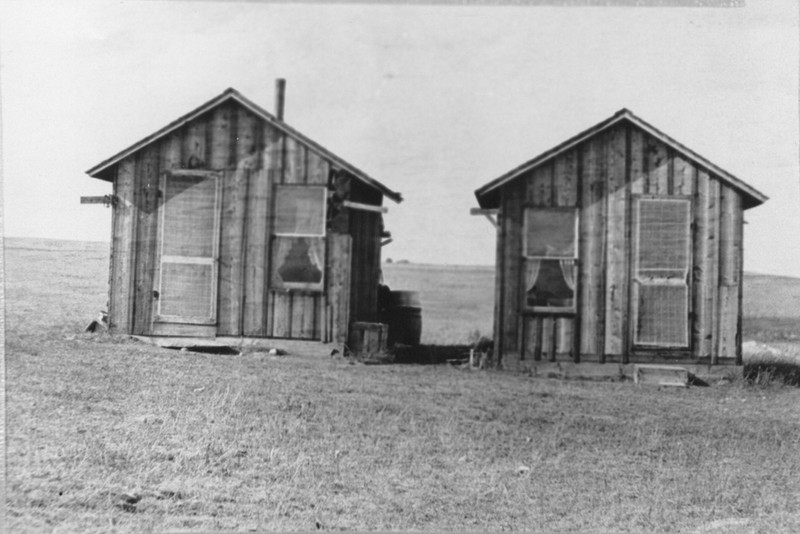Homesteading
Introduction
Text-to-speech Audio
In the late 1800s and early 1900s, thousands of homesteaders staked their claims and their hopes on a dream of freedom and independence in the West. More homesteading claims were filed in Montana than in any other state. This saw a rise of individuals chasing a self sufficient agricultural lifestyle.
Images
Homestead Act, Montana

Backstory and Context
Text-to-speech Audio
The railroads actively promoted settlement, frequently advertising and recruiting in Europe – particularly in wheat-growing regions in Germany and German-speaking parts of Russia. Entire villages were established on the plains by immigrants brought in as a group on special trains. Others traveled here in hopes of gaining title to initially 160 (and later 320) acres after “proving up” their homesteads. Many intended to settle and farm, lured by assurances from the railroads, newspapers and even professors that dry farming was scientifically proven. They soon found out that they were the victims of a cruel hoax. The explorer and scientist John Wesley Powell had warned in a report to the Secretary of the Interior that in the dry West each farm would need a minimum of 2,560 acres to survive, and time has proven him correct. Modern farms in the Northern Great Plains average 2,500 to 3,000 acres each. But Congress ignored Powell, and what homesteaders soon discovered was that a few years of bountiful rain were followed by drought, and that the amount of land necessary to be successful as a farmer or rancher was far in excess of a homestead allotment. Among those who suffered the greatest hardships were women, many of whom had to carry water several miles for their family’s use, while trying to raise children in a 10 foot by 14 foot tar paper-covered shack that was staked down to prevent it from being blown away. Most settlers found their claims were worthless or sold them for very little and moved on. Nevertheless, the movement onto the lands, which were frequently taken from Native Americans without adequate compensation and then declared public and open for sale, did in fact settle much of the vast landscape and the open horizons of the American West.
